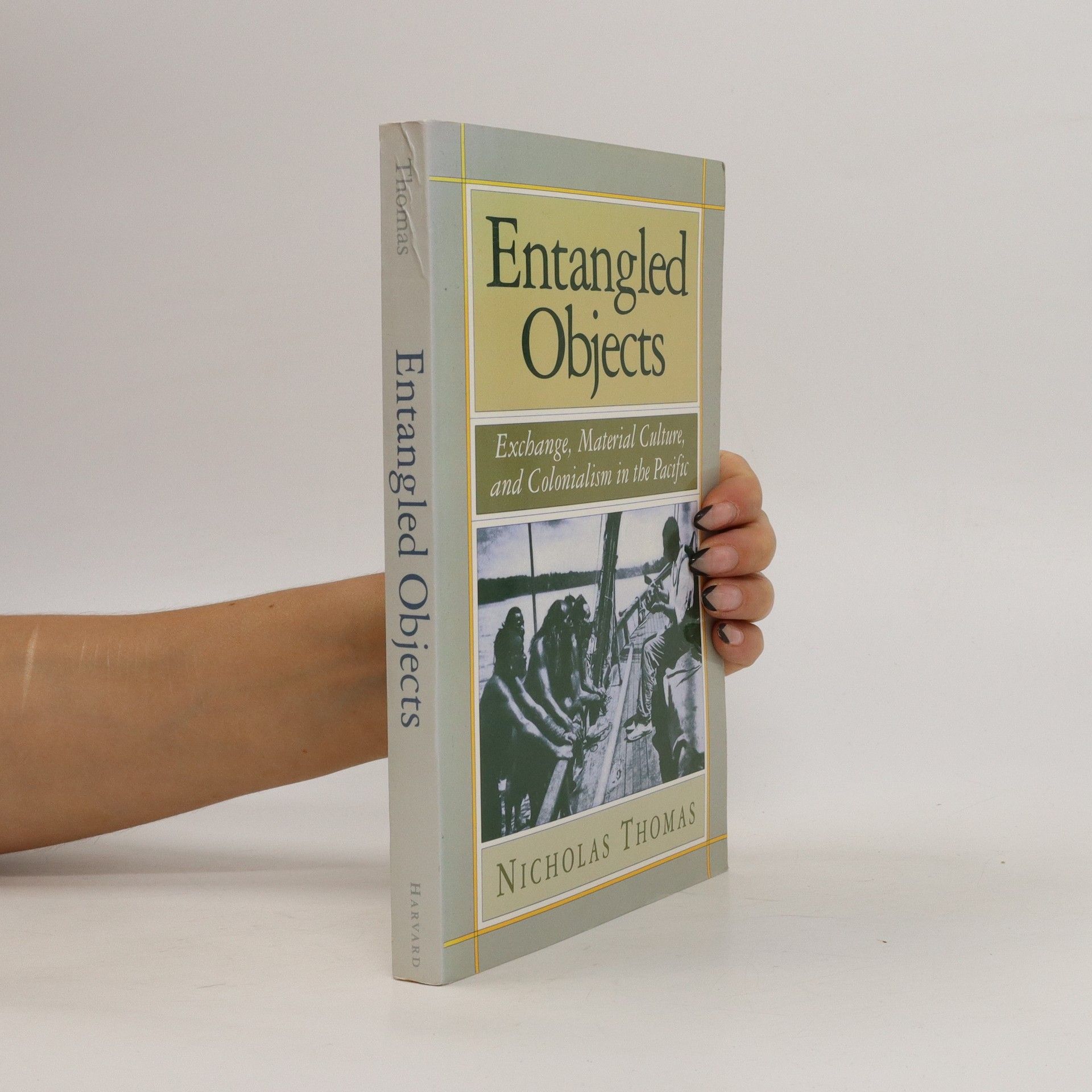Paul Gauguin is commonly regarded as one of the greatest modern artists. He is renowned for resplendent, mythic imagery from Oceania, for a life of restless travel and for his supposed immersion in Polynesian life. But he has long been regarded ambivalently, and in recent years both Gauguin's sexual behaviour, and his paintings, have been considered exploitative. Gauguin and Polynesia offers a fresh view on the artist, not from the perspective of European art history, but from the contemporary vantage point of the region – Oceania – which he so famously moved to. Gauguin's art is revealed, for the first time, to be richer and more eclectic than has been recognised. The artist indeed did invent enigmatic and symbolic images, but he also depicted Polynesia's colonial modernity, acknowledging the life of the time and the dignity and power of some of the Islanders he encountered. Gauguin and Polynesia neither celebrates nor condemns an extraordinary painter, who at times denounced and at other times affirmed the French empire that shaped his own life and the places he moved between. It is a revelation, of a formative artist of modern life, and of multicultural worlds in the making.
Nicholas Thomas Volgorde van de boeken







- 2024
- 2023
"When Tatau was first published in 2010, Mark Adams' renowned images documenting a great Polynesian art tradition were a revelation. It told the story of the late Suluʻape Paulo II, the pre-eminent figure of modern Samoan tattooing. A brilliantly innovative and often controversial man, he saw tatau as an art of international importance. Tatau documented his practice, and that of other tufuga ta tatau (tattoo artists), in the contexts of Polynesian tattooing, Samoan migrant communities and New Zealand art. Long out-of-print, this revised and extended new edition, with its handsome large format and texts by distinguished scholars, makes a cultural treasure available once more"--
- 2023
Photo-Museology
- 480bladzijden
- 17 uur lezen
The book explores the complexities of ethnographic museums, which are increasingly redefined as collections of world cultures. It highlights the ongoing challenges faced by curators who strive for dialogue and collaboration with the source communities of their artifacts. Many items in these collections were acquired during the colonial era, leading to debates about their provenance and the ethics of ownership. The narrative underscores the tension between the museums' intentions and the historical context of their collections, raising critical questions about cultural representation and restitution.
- 2023
The Pedigree of the English People
- 596bladzijden
- 21 uur lezen
Originally published in 1874, this reprint offers readers a glimpse into the past with its historical context and enduring themes. The book captures the essence of its time, providing insights into societal norms and cultural dynamics. Its characters reflect the complexities of human nature, making it a valuable addition for those interested in classic literature and historical narratives. This edition preserves the original text, allowing contemporary readers to experience the author's authentic voice and style.
- 2023
This reprint of a historical book first published in 1872 aims to preserve and make accessible older literature. While it may contain missing pages or have inferior quality due to its age, the goal is to ensure that these works remain available to the public, preventing them from being forgotten. The publishing house Anatiposi specializes in reprinting historical texts, emphasizing the importance of maintaining literary heritage.
- 2023
Focusing on historical preservation, this reprint of a 1872 original aims to make classic literature accessible to modern readers. Published by Anatiposi, the book may exhibit imperfections due to its age, including missing pages or lower quality. The initiative seeks to ensure that valuable historical texts are not forgotten, allowing contemporary audiences to engage with the past.
- 2022
A timely re-examination of European engagements with indigenous art and the presence of indigenous art in the contemporary art world. Tribal art has been one of the great inspirations of 20th-century Western art. Europeans such as Picasso, Matisse, Ernst and Brancusi created their own responses to masks, sculpture and other forms of African, Oceanic and American art. But is this a cross-cultural discovery to be celebrated, or just one more example of Western colonial appropriation? Possessions seeks to prove that both viewpoints are too simplistic. It focuses on the distinctive situation of the settler society - countries such as Australia and New Zealand in which large numbers of Europeans made their home, displacing but never entirely eclipsing native peoples. Settler artists and designers have drawn on indigenous motifs and styles to create art. Yet powerful indigenous art traditions have also been used to assert the presence of native peoples and their prior claim to sovereignty. Cultural exchange proves to be a two-way process, and an unpredictable one: much contemporary indigenous art draws on modern Western art, while affirming ancestral values and rejecting the European appropriation of tribal culture
- 2021
The extraordinary sixty-thousand-year history of how the Pacific islands were settled.
